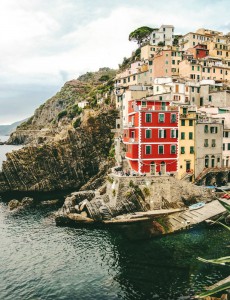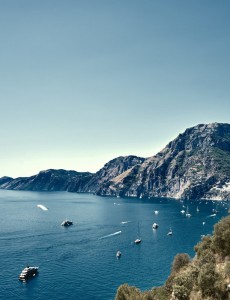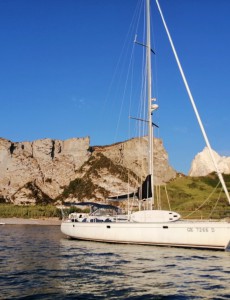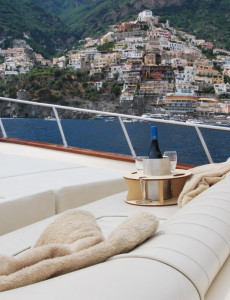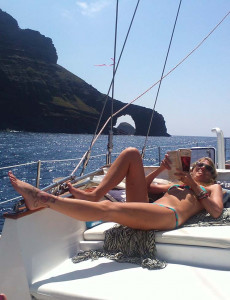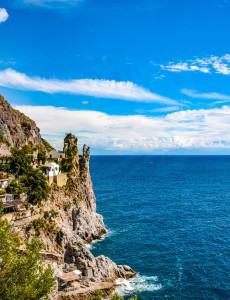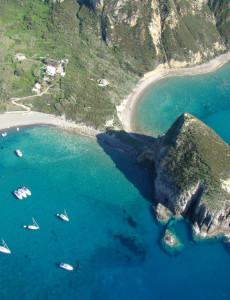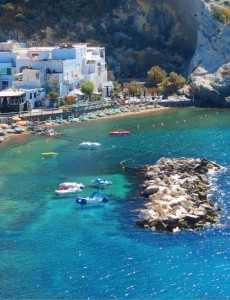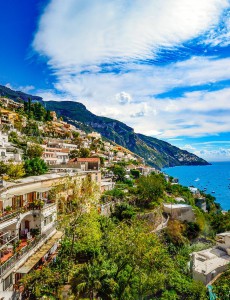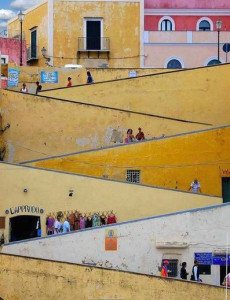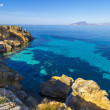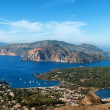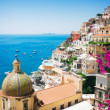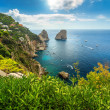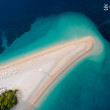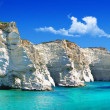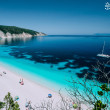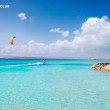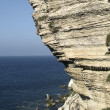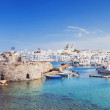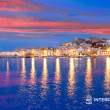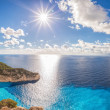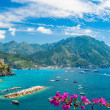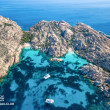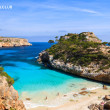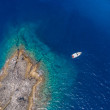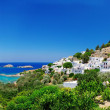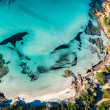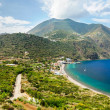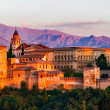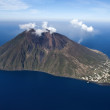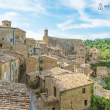
Capri
Capri Revealed by the Sea: Light, Silence, and Stone
From the water, Capri appears almost unreal — a jagged silhouette rising steeply from the Mediterranean, where cliffs plunge into impossible blue and sunlight fractures on the surface like shattered glass. As you approach, the scent of sea salt mixes with bursts of rosemary and lemon carried by the wind. Seabirds skim the waves, and if you’re lucky, a pod of dolphins arcs playfully in the near distance. The sea around the island pulses with life, vibrant yet hushed — a perfect introduction to a place shaped by nature and time.
The island’s physical contours are carved in contrasts. Towering limestone faces blaze white under the midday sun, while shaded grottoes shimmer in tones of emerald and cobalt. The terrain climbs suddenly into silent forests of pine and descends into hidden coves edged with volcanic rock. Capri is small, but it feels vast in sensation. It is not a destination that reveals itself all at once — it unfolds, like a photograph in slow exposure.
There is a stillness here that sharpens the senses. The rhythm is not imposed by schedules or noise, but by wind, light, and the hush of open space. An insight settles in quickly: some landscapes cannot be fully grasped until you slow down. In Capri, slowness is not just a pace — it’s a key to understanding. Only by watching the shadows crawl across a cliffside, or tracing the curve of a distant shoreline with your eyes, does the island begin to make sense.
Planning Capri holidays is less about checking off highlights and more about learning how to observe. You’ll find guides filled with suggestions — the best beaches, panoramic paths, sea caves, local flavors. But the truest Capri guide is the island itself, changing hour by hour in the play of light and silence. There are countless things to do in Capri, but the best experiences often happen in the quiet moments between them.
Why visit Capri? Because some places aren’t made to be seen — they’re made to be sensed, slowly, from the edge of the sea.
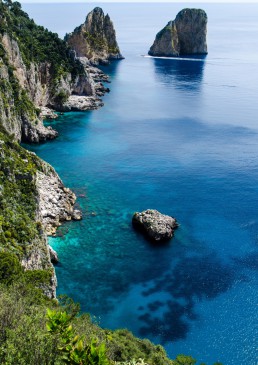
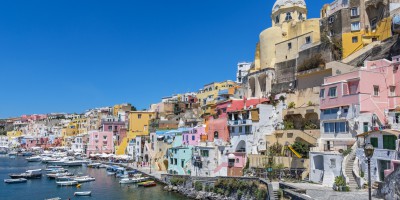
Sailing Around Capri: A Coastal Journey of Light and Solitude
The coastline of Capri isn’t a single line to follow — it’s a shifting, breathing border between land and sea, where every curve reveals a new secret. Setting off to explore it feels less like a route and more like a revelation. Cliffs drop vertically into sapphire waters, grottos open like portals into silence, and the light changes by the hour, painting rocks and waves in ever-moving tones of gold, turquoise, and shadow.
Drifting slowly past Punta Carena or anchoring near the Green Grotto, you begin to grasp what makes this island so mesmerizing. It's the contrasts: towering walls of limestone softened by sprays of wildflowers, deep underwater caves countered by sunlit terraces above. Here, sailing Capri is not about moving quickly — it’s about unlocking perspectives that are inaccessible from land. Every cove, every sliver of shoreline becomes a private observatory where time stretches out, and space opens up.
The southwest coast is a favorite stretch for many: a winding path of inlets and cliffs, ideal for afternoon swims and quiet reflection. The famous Faraglioni are best admired from the water, their scale and presence more profound when approached from below. In more sheltered corners, like Marina Piccola or Cala del Rio, the water invites you in. These are ideal spots for Capri snorkeling, with transparent seabeds alive with color and movement.
Whether you're on a Capri catamaran charter, a skipper charter Capri experience, or a shared itinerary, each mode offers its own lens. You can chase the light around the headlands or linger in a tranquil anchorage until the stars appear. This is exactly the kind of slow, immersive travel that IntersailClub was designed to make possible — connecting curious travelers with the coastline’s most intimate corners.
Capri yacht charter options range from luxurious to essential, but all share a common thread: the promise of freedom. There are no roads that reach the hidden coves or cliffs reflected perfectly in still water. Only from the sea does Capri offer its full dimension.
Is Capri good for sailing? Absolutely — not just for its calm waters and protected anchorages, but because it’s a place that reveals itself completely only to those who follow its edges slowly, with intention.
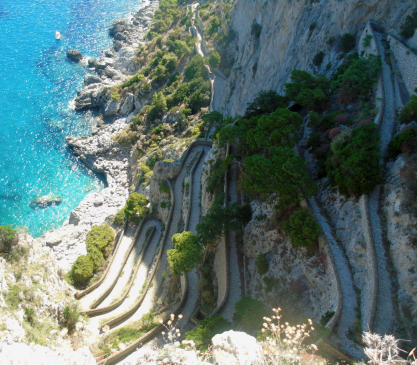
Echoes of the Sea: History and Culture Along the Shores of Capri
Few places in the Mediterranean hold a legacy as layered and enduring as Capri. For over two millennia, the island has stood at the crossroads of sea routes, where sailors, merchants, emperors, and pilgrims converged. Its cliffs have watched over ancient Greek ships, Roman galleys, Saracen raids, and Bourbon traders — all leaving their imprint on the rhythms of Capri life and landscape. Today, the island’s winding lanes and stone stairways trace paths once walked by fishermen and aristocrats alike.
The coastline has always shaped Capri culture. Traditions passed down through generations still echo in its seaside festivals like the Festa di San Costanzo, patron saint of the island, celebrated with music, processions, and fireworks by the sea. In Anacapri, artisans carve coral and shell into cameos, while in the Piazzetta, musicians play Neapolitan classics that drift through warm summer nights. These are not staged rituals — they are living expressions of a community shaped by salt air and open horizons.
Cuisine here is deeply tied to the coast: octopus salad, stuffed squid, spaghetti with sea urchins. Capri’s history lives in these flavors — simple, precise, built on the day’s catch and the wisdom of grandmothers. The famed torta caprese, born from a culinary mistake, now tells its own story at every café table. Meanwhile, archaeological remnants from Capri’s Roman past, like Villa Jovis, overlook the cliffs, silent witnesses to centuries of layered identity.
To understand Capri fully, one must look beyond its beauty. The island carries contradictions: luxury and humility, isolation and openness, ancient myths and modern reinvention. And it’s in this balance — between sea and land, permanence and change — that the island’s soul emerges.
What cultural influences shape Capri's identity? A unique blend of maritime legacy, Roman grandeur, southern resilience, and the quiet rituals of everyday coastal life — all shaped by the enduring presence of the sea.
Sailing with the Sun: Navigating Capri Through the Seasons
June is the hottest month in Havana with an average temperature of 27°C (81°F) and the coldest is January at 21°C (70°F) with the most daily sunshine hours at 11 in July. The wettest month is June with an average of 80mm of rain. The best month to swim in the sea is in August when the average sea temperature is 30°C (86°F).
Check all Statistics in AccuweatherDec
Jan
Feb
Mar
Apr
May
Jun
Jul
Aug
Sep
Oct
Nov
All destinations in Mediterranean Sea
-

-

-

-

-

-

-

-

-

-

-

-

-

-

-

-

-

-

-

-

-

-

-

-

-

-

